Here's a tire and rim from a wrecked 2000 mercury grand marquis
This tire is junk because of a couple unrepairable gouges in the sidewall. So some destructive cutting tools were used to pull the tire off the rim
Here's the tire after it was cut in half.
On the surface, this may look like a nice 1999 crownvic wheel
But under different lighting, rust is visible around the rim flange where the tire bead normally sits.
Here's the rim with half of the tire sitting next to it
And the rim with the tire cross-section installed on it
Here's a diagram of how a steel belted radial tire is constructed
Here's an actual cooper tire cut in half showing how the tire seats against the rim flange
When the rim flange rusts like this, air can escape through the rust pits.
Closeup pictures of the rust around the rim flange
Crevice corrosion happens in this area because water gets trapped in between the tire and rim with no place to drain out.
Now that we've seen the rusty rim flange, lets try an experiment to remove all the corrosion.
First, use an electric drill with a wire wheel to remove the loose rust scale.
And start dissolving the rust with a phosphoric acid solution
The pink colored stuff on the rim is the naval jelly solution of phosphoric acid. The small bubbles in the gel tell you that the acid is doing it's job etching away the rust.
Here's the rim flange after several applications of naval jelly. The rust is gone for the most part, but there are deep pits in the metal where the rust pores used to be. Rust never sleeps and you want to get rid of it all to make sure it doesn't come back.
The active ingredient in naval jelly is phosphoric acid.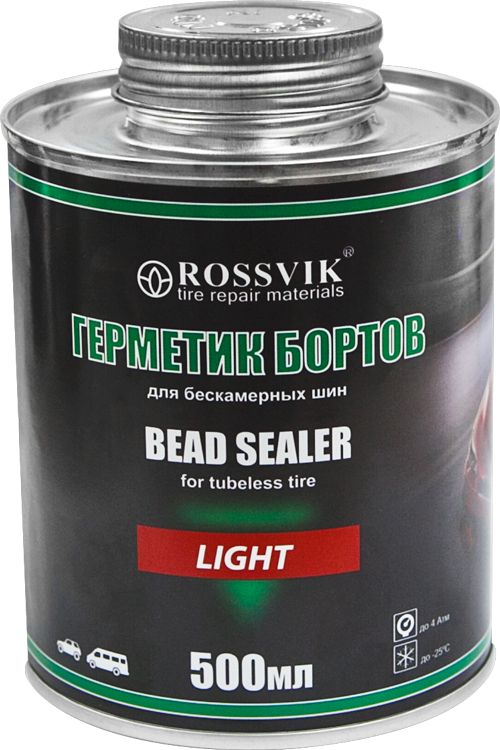 Unlike other acids that eat away rust, this stuff for the most part leaves the uncorroded metal behind untouched.
Unlike other acids that eat away rust, this stuff for the most part leaves the uncorroded metal behind untouched.
For cleaning up rust, sandblasting also works nicely. It is a lot faster than etching rust with acid. But it does remove more "good metal" than the naval jelly method.
The big problem now is going to be figuring out what substance to use to fill in craters where the rust used to be. A coat of paint with some tire bead sealant on top might work.
On rare classic cars with rim flange rust this bad, you'll sometimes see restoration shops weld metal back to the rim flange and then turn the rim on a lathe. But this rim is from a high volume production car and replacement rims are plentiful at the junkyards. New replacement steel wheels are also still avaliable for the 1998-2002 crownvics from ford motor company too.
There was quite a bit of rust around the rim flange, but the steel is still reasonably thick in this area. So the wheel still has a good amount of mechanical strength left to it in the rim flange area. Sometimes, you'll encounter rims that are so severly corroded that the flange area has the strength of tin foil.
Sometimes, you'll encounter rims that are so severly corroded that the flange area has the strength of tin foil.
Getting all the rust off this rim took a few days, the process I used was:
-Apply naval jelly to rusty metal
-Let rim sit overnight with acid solution on rusty metal
-In the morning after the naval jelly had dried, use a wire wheel on an electric drill to remove the rust that the naval jelly had loosened up
-Then reapply the naval jelly to start the process all over again
Here's the back of naval jelly bottle
Despite what naval jelly's material safety data sheet (MSDS) may imply, the substance is relatively safe to handle. But it would still be a good idea to use the substance outdoors or in a well ventilated area to prevent the buildup of irritating fumes.
Wheel Balance Weights
Here is a wheel balance weight on the rim
The clips on these do not get deep enough into the flange area to cause any leaks
Valve Stem
Sometimes, you'll encounter leaks around the tire valve stem.
Here's a 2000 grand marquis wheel with the valve stem installed
A closeup of the rim from back showing the rear of the valve stem
The rim with the valve stem removed. Notice the new circular hole that didn't used to be there?
Here's the rim from the back showing where the valve stem would normally insert
There are some abrasion marks on the valve stem from where the hubcap was rubbing against it. The hubcap weighs a lot less than a steel wheel, so the two items don't always want to rotate at the same speed.
Tire Shop Air Leak Sealing Methods
Bead Sealer
Bead sealer is a black rubbery glue substance that is used to help the rubber tire seal to the metal rim. It will also fill in minor imperfections in the rim. And will help keep small debris like stones from getting in between the tire bead and the rim flange. It does however make the tire a little more difficult to get off the rim during service.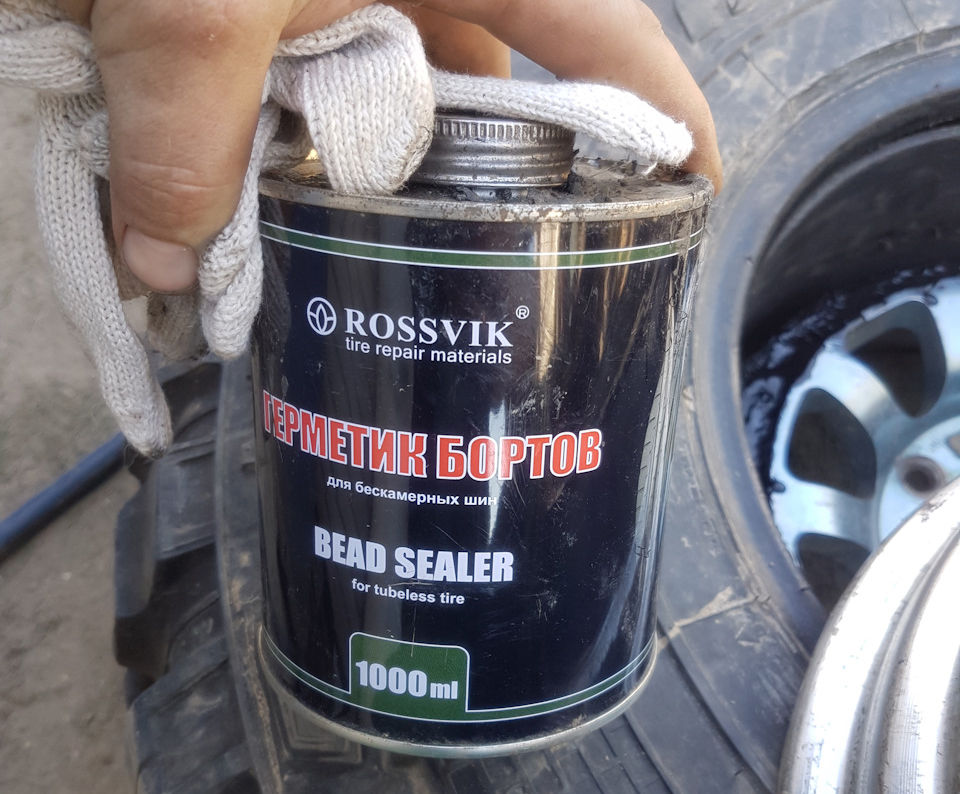
Air drill
An air drill with a variety of attachments are used to clean up the tire bead and the rim flange area
Wire Wheel
On steel wheels, a wire wheel is usually used to clean up corrosion.
Scotch Brite Pads
On aluminum wheels, scotch brite pads are usually used to clean up corrosion. Aluminum is softer than steel and scratches relatively easy. These scotchbrite discs are also sometimes used to clean up the rubber surface of the tire bead too.
Wire Brush
Without power tools, you could use a wirebrush on the steel wheels instead. Rust cleanup will take a little longer with this tool.
Bead sealer + Rusty Rim
A common practice to seal up tire air leaks on steel wheels around the bead area is to remove the loose rust scale with a wire wheel. Then coat the polished rust with bead sealer and install the tire. This method did get the really rusted rim pictured above to hold air reliably for over a year.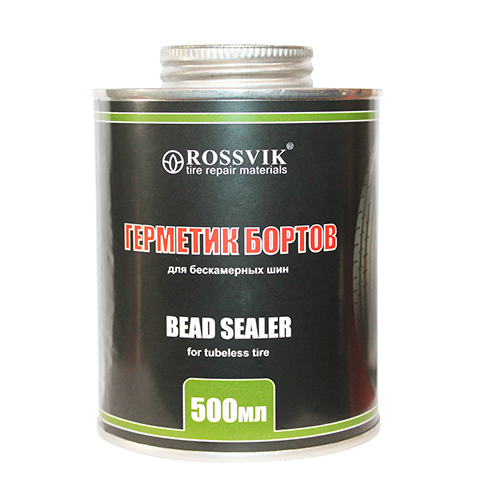 Unfortunetly, rust never sleeps and that wheel developed air leaks again requiring the tire to be removed from the rim to "clean up" the bead area yet again. There's no perfect solution besides replacing a rim with a new one once the flange is rusted this badly.
Unfortunetly, rust never sleeps and that wheel developed air leaks again requiring the tire to be removed from the rim to "clean up" the bead area yet again. There's no perfect solution besides replacing a rim with a new one once the flange is rusted this badly.
Do It Yourself Tire Leak Repairs
You'll sometimes see the do-it-yourself crowd install large quantities of tire sealer via the valve stem in an attempt to stop bead leaks. This stuff has a poor success rate at repairing air leaks around the tire bead. It does however make a real mess in between the tire and rim. And it will also throw off your wheel balance.
Other Notes:

 But when you've got a mysterious tire air leak, it's still useful to have background information about how a tire seals onto the rim so that you can have a more productive discussion with the technicans at your local tire shop.
But when you've got a mysterious tire air leak, it's still useful to have background information about how a tire seals onto the rim so that you can have a more productive discussion with the technicans at your local tire shop.REMA TIP TOP CFC-Free Bead Sealer is designed to prevent leaks between the tire and rim.
| Part No. | Description | Size | Box/Qty | |
|---|---|---|---|---|
| 960F | Rim & Bead Sealer, with brush cap CFC-free formula Flammable | 32 fl. oz. can | 10 |
When properly applied, REMA TIP TOP Repair Sealant creates an airtight seal around a finished repair, over buffed areas or porous tire innerliners.

| Part No. | Description | Size | Box/Qty | |
|---|---|---|---|---|
| 76F | Repair Sealant, with brush cap CFC-Free formula Flammable | 16 fl. oz. can | 10 |
Difficult road conditions can lead to various situations, and it happens that the tire of the wheel is punctured. If you don't have a spare wheel in your car, it's a good idea to always have bead sealant for tubeless tires available. The substance allows you to eliminate problems so that you can get to the right place. Also, the tool is used for preventive measures against punctures and cuts of tires while driving. Not all car owners are aware of the features of the use and choice of sealant, these issues will be discussed in detail in the article. nine0004
Not all car owners are aware of the features of the use and choice of sealant, these issues will be discussed in detail in the article. nine0004
Content
Do I need sealant when fitting tires is a question that many car owners ask. At the same time, it cannot be said unequivocally that the application of the composition is a necessary step for the prevention of all wheels. Sealing the bead of tubeless tires is recommended for processing low-quality or old tires and discs with flaws. In this embodiment, the tubeless layer, located close to the rim, is not dense, which may result in depressurization of the tire. nine0004
Why use tire sealant on new tires, with an alloy wheel or another that is not bent? Then the use of the tool is not mandatory, and in some cases it can cause problems. When the near rubber layer is soft, if you seal this area, it becomes hard after drying. Such an action will lead to the destruction of the surface, the layer may be depressurized. When the vehicle is driven on a rough road, the firm position of the tire may cause a crack in the layer, and the air layer will be expelled. Of course, driving with such a defect will not work. nine0004
When the near rubber layer is soft, if you seal this area, it becomes hard after drying. Such an action will lead to the destruction of the surface, the layer may be depressurized. When the vehicle is driven on a rough road, the firm position of the tire may cause a crack in the layer, and the air layer will be expelled. Of course, driving with such a defect will not work. nine0004
Tubeless tire bead sealing is recommended for repairing poor quality or old tires and defective rims.
Bead sealant for tires is divided into two types, this feature must be taken into account when choosing. There are latex and liquid with granules. The products are easy to apply, no disassembly of the wheel is required. The solidification process occurs from the connection with air. The latex layer opens inside the material, qualitatively covering the flaw. nine0004
For tire work, sealing agents are selected, and for recreating a tubeless layer, intended for repair work.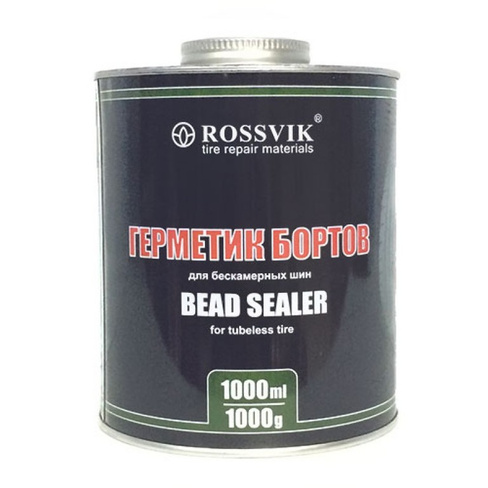 Seals are divided into black and for the tubeless zone. The first one is chosen for old wheels to eliminate air outlet problems.
Seals are divided into black and for the tubeless zone. The first one is chosen for old wheels to eliminate air outlet problems.
The second is used for areas with roughness on the sides of the tires, before installing the patch inside the tire. This is called roughening, as a result, the rubber layer is removed to remove the air space. In order for the pressure to remain at the desired level, sealant must be applied to the work area. nine0004
For tire work, sealing agents are selected, and for recreating a tubeless layer, intended for repair work.
Bead sealant is available on the construction market in various versions, so you need to choose the product carefully. The following selection criteria can be distinguished:
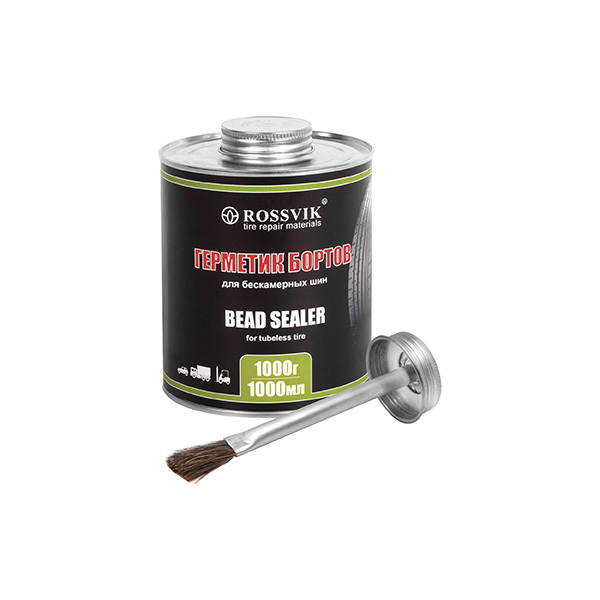 There are options from 5 mm to 10 mm.
There are options from 5 mm to 10 mm. Choose a product according to its intended purpose: preventive measures for tire puncture, elimination or increase of pressure.
In addition to the above parameters, it is possible to purchase low-quality sealant. Therefore, when buying, they often focus on the rating of brands that are popular and have gained a lot of positive feedback from users. There are tire sealants of the following brands:
Creates a strong protective layer between rim and tyre.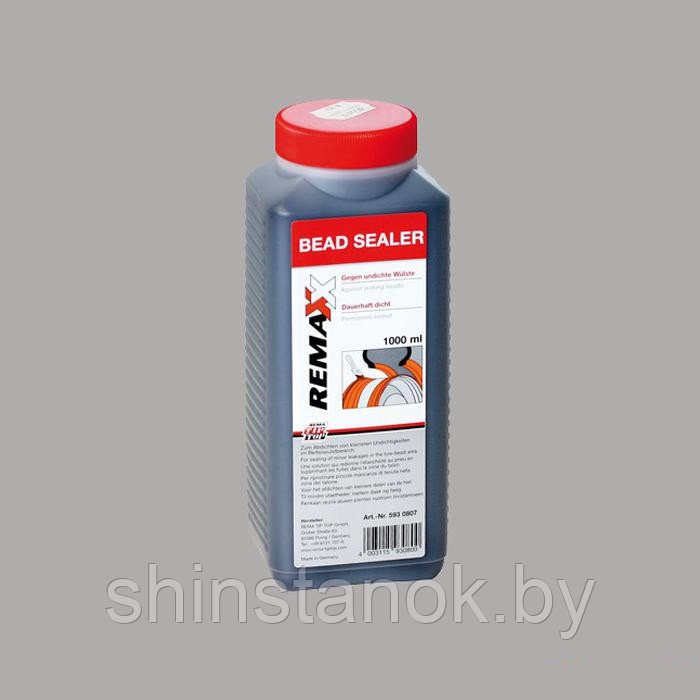 nine0004
nine0004
Reliably covers incisions up to 3 mm.
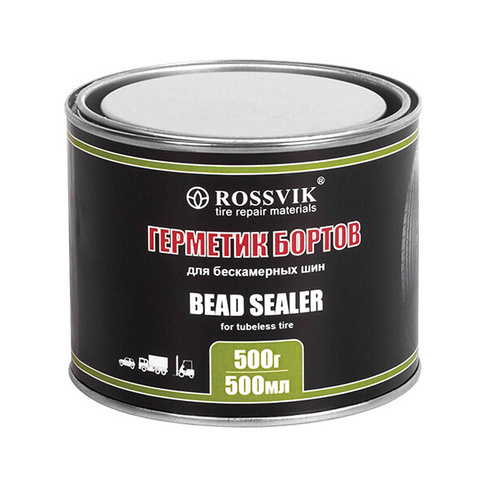 It can cope with a cut up to three millimeters, three layers of sealant are made, which are thoroughly dried. When you need to remove a layer, it is simply removed. Cans are sold liter and five-liter;
It can cope with a cut up to three millimeters, three layers of sealant are made, which are thoroughly dried. When you need to remove a layer, it is simply removed. Cans are sold liter and five-liter; Does not harden during operation, acquires a gel-like appearance, a high-quality sealing of the tire is acquired and the rubber is vulcanized. nine0004
Selected to create a layer inside obsolete tires, can also remove 3 mm cracks.
Craftsmen have developed an option for making your own bead sealant. This became possible due to the presence of rubber contained in raw rubber in the factory sealants.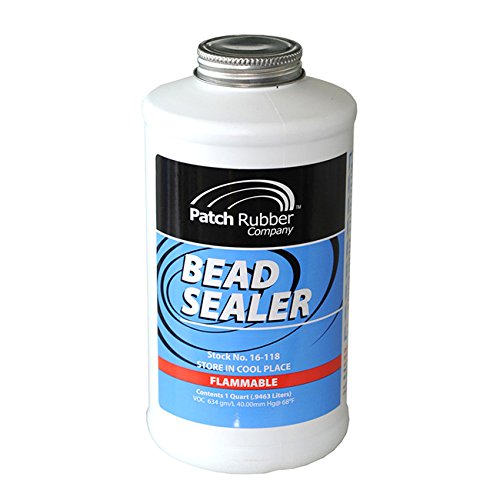 So to prepare the product, you will need to stock up on this rubber, then immerse the material in gasoline.
So to prepare the product, you will need to stock up on this rubber, then immerse the material in gasoline.
Before buying rubber, they find out exactly whether it contains raw rubber, there may be only impurities that are unable to give reliable grip and close punctures. nine0004
The amount of thinner is used so that the soaking of the rubber goes well, and you will need to get a solution similar to the factory one. After receiving the solution, it can be easily applied to the surface. The tool uses a brush.
To prepare the product, you will need to stock up on raw rubber, then immerse the material in gasoline.
Tubeless bead sealing extends product life. If on the road the car owner is faced with a puncture of the wheel, then the tool can help out. You can find different types of sealants on the market, they differ in technical characteristics, so you need to carefully study the instructions before buying. Then it will be possible to choose an option for the tire and the problem.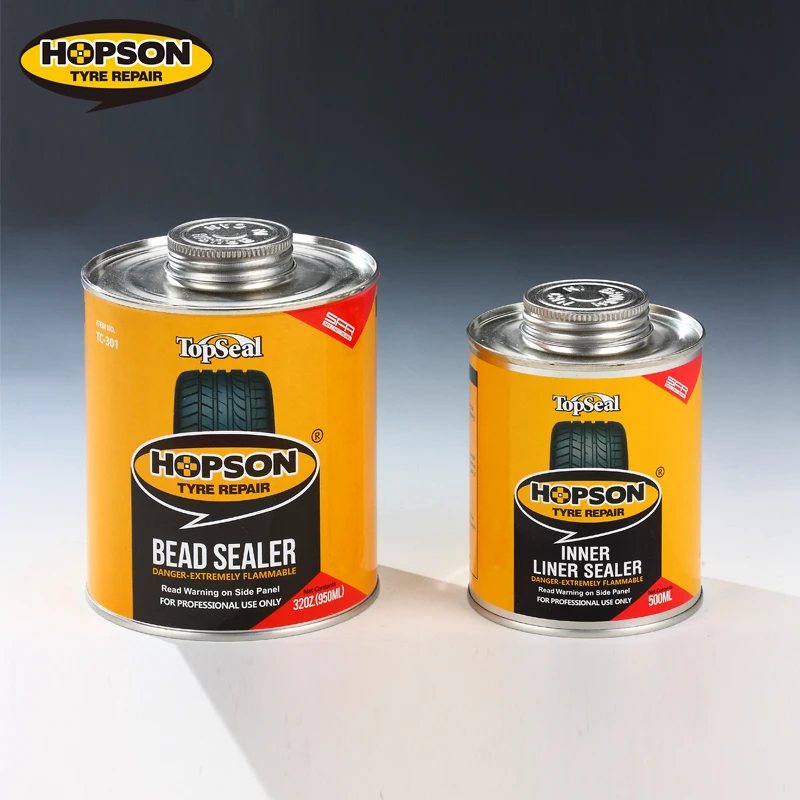 nine0004
nine0004
Content of Article
Good afternoon everyone! We continue talking about useful and sometimes irreplaceable things that every car owner should have at hand. Today we will talk about tire sealant. This is a means to protect against punctures and get out of unforeseen situations.
Agree that when traveling, the most common breakdown is a flat tire. This is true for both tube and tubeless tires. For each of the types, there are special sealants that are easy to use with your own hands. nine0004
nine0004
Tire sealant or tire sealant, call it what you will, is a special mixture that must be poured into the inside of the wheel. With its help, the puncture is, as it were, sealed from the inside.
Sealants are divided into two types:
They can be used not only for repairing punctured car tires, but also for bicycles, mopeds and large special vehicles.
 Usually, almost every repair sealant is an aerosol compound in a can that is connected to a wheel nipple. So they close the puncture, and increase the current pressure in the tires.
Usually, almost every repair sealant is an aerosol compound in a can that is connected to a wheel nipple. So they close the puncture, and increase the current pressure in the tires. There are also liquid sealants that need to be poured into the wheel without pumping it up. The compressor will come in handy if you need to increase the pressure a little. But their use is problematic, and the advantages are much less compared to aerosol. Therefore, in the top now it is the aerosol type of sealant. nine0004
If you have tubeless wheels, I advise you to purchase wheel seals. These are special bead sealants that cope with minor damage and extend their service life.
The main purpose of using sealant is to repair damaged wheels so that you can get to the service station or your garage.
Do not rely on the properties of the composition, continuing to operate the car with a puncture in the tires. But on a bike this is practiced. Many have already forgotten what patches for holes are. Modern tire sealants perfectly replace them. nine0004
Many have already forgotten what patches for holes are. Modern tire sealants perfectly replace them. nine0004
When using this puncture repair product, you have a limited number of kilometers that can be covered by the car. Most of the trains are focused on 5-15 kilometers. And you need to move at the same time no faster than 50 kilometers per hour.
In addition to the obvious advantages, sealants have their drawbacks. For example, a tool can close a hole in a tire only in the area of \u200b\u200bthe projector. That is, they are useless for the sidewalls. If a puncture happens there, you will have to change the wheel. nine0004
Plus, the product will not be of any use if the tire rim is deformed. Although practice and reviews of the drivers themselves show that lateral types of damage are rare. So the presence of sealant in the trunk justifies the cost of buying it. In certain situations, this emergency repair compound can become a real lifesaver. And prophylactic has its advantages and a reason to take advantage of it.
Well, you managed to buy a sealant in Walmart or any other store. In terms of brands, I don't have specific preferences or recommendations. The test showed the properties of the following compositions from the best side:
And already buy what you think is best suited for your car and wallet. However, the price may vary.
If you have this tool, you need to figure out how to do it right and get the most out of the properties of the sealant.
I have prepared a little instruction for you. I hope that after reading it, you will understand how to use tire sealants, and what are the nuances of their use. nine0004
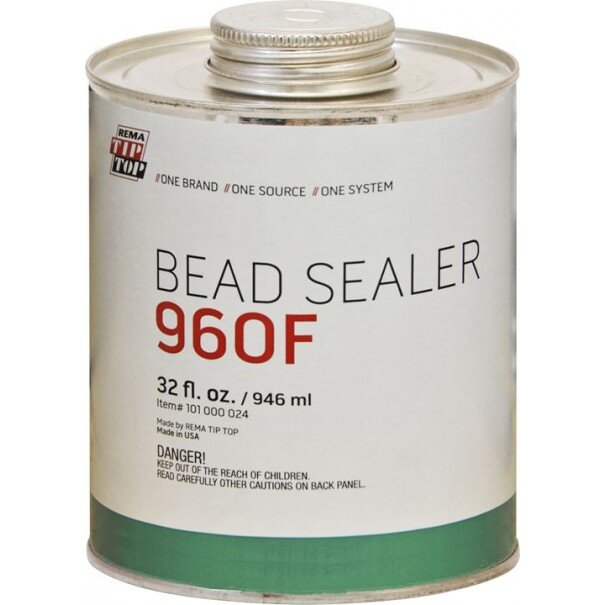 If there is one, of course;
If there is one, of course;  Check the current tire pressure. If it is above normal, lower it. If lower, then use the compressor or other pump that you have lying around in the car.
Check the current tire pressure. If it is above normal, lower it. If lower, then use the compressor or other pump that you have lying around in the car. Instructions may vary slightly depending on manufacturer and sealant. But the procedure is always the same. Well, the way I painted it. nine0004
If you are using a simple non-aerosol type sealant, then follow the same instructions with a slight adjustment. When you have filled the product, scroll the rim several times. This will allow the drug to be evenly distributed over the inner surface.
The disadvantage of non-aerosol products is the need to use a jack and a pump to inflate a flat tire. Agree that it is much easier to bleed excess air than to get the pump, connect it and pump it up. nine0004
No wonder aerosol mixtures have become so popular.
Finally, I'll tell you what exactly is used inside the cylinder.
All sealants are based on the fact that when they get inside the wheels, they seal up the breakdowns and keep the air inside.